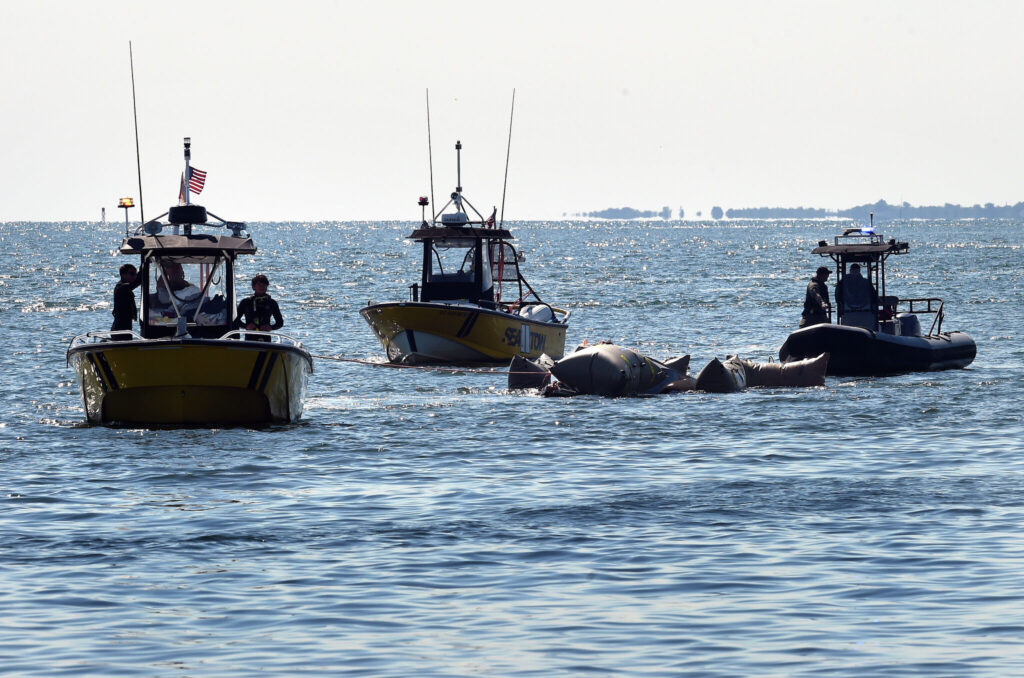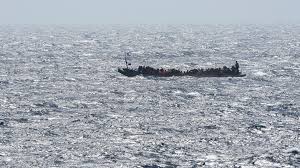Libya’s coast guard intercepted 64 migrants attempting to reach Europe by sea on Friday, just days after a tragic shipwreck off the country’s eastern coast left nearly two dozen people dead or missing, authorities reported Saturday.

The interception took place off the northwestern town of Sirte, according to the town’s coast guard unit. Images posted on social media showed dozens of migrants, including at least one woman and a child, being returned to shore. Following standard procedure aimed at preventing reuse by traffickers, the coast guard set the migrants’ boat on fire.
This incident comes in the wake of Wednesday’s capsizing of a vessel carrying 32 migrants from Egypt and Syria near the eastern town of Tobruk. In that tragedy, 22 individuals are presumed dead or missing, while nine were rescued and one body was recovered, as reported by the Libyan coast guard.
Libya has emerged as a primary transit point for migrants fleeing war and poverty in Africa and the Middle East, seeking better lives in Europe. The country’s descent into chaos following the NATO-backed uprising that toppled longtime autocrat Moammar Gadhafi in 2011 has created conditions favorable to human trafficking operations.

The International Organization for Migration’s missing migrants project reports grim statistics for 2024: between January and August, at least 434 migrants were reported dead and 611 missing off Libya’s coast. During the same period, more than 14,100 migrants were intercepted and returned to shore.
Migrants intercepted by Libyan authorities are typically held in government-run detention centers, which have been widely criticized for human rights abuses. U.N.-commissioned investigators have reported practices amounting to crimes against humanity, including forced labor, beatings, rapes, and torture. Extortion attempts targeting migrants’ families are also common, with release or passage to Europe often contingent on payment.
Libya’s geographical position, with borders touching six nations and a long Mediterranean coastline, makes it a strategic point on migration routes. Human traffickers exploit the country’s porous borders and political instability, smuggling migrants across vast desert territories before embarking them on perilous sea voyages to Europe.



